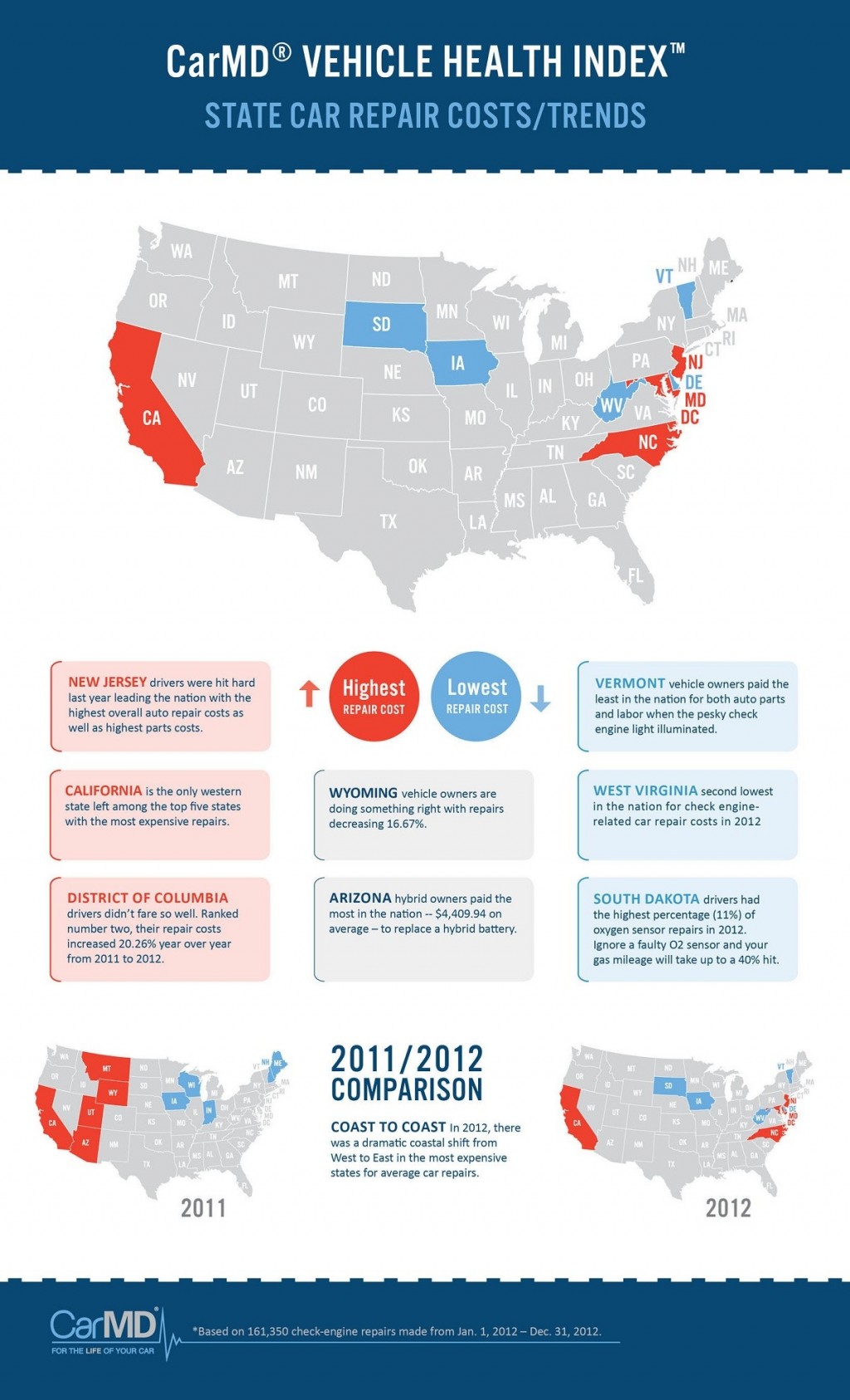Grasping The Importance Of Your Vehicle'S Warning Signals: What They In Fact Represent
Grasping The Importance Of Your Vehicle'S Warning Signals: What They In Fact Represent
Blog Article
Write-Up Author-Vinson Kejser
When you lag the wheel, those glowing caution lights on your control panel can be a little bit bewildering. Do you recognize what they're attempting to inform you concerning your vehicle's health and wellness? Understanding the value of these lights is essential for your safety and the long life of your vehicle. So, the next time one of those lights turns up, would not you intend to decode its message properly and take the essential actions to resolve it?
Common Caution Lighting and Interpretations
Identify usual warning lights in your vehicle and recognize their meanings to make certain safe driving.
The most common warning lights include the check engine light, which indicates issues with the engine or emissions system. If this light comes on, it's essential to have your lorry inspected quickly.
The oil pressure cautioning light suggests reduced oil pressure, calling for instant attention to prevent engine damages.
A blinking battery light might suggest a defective charging system, possibly leaving you stranded otherwise dealt with.
The tire stress surveillance system (TPMS) light alerts you to low tire pressure, impacting automobile stability and gas effectiveness. Neglecting this could cause hazardous driving conditions.
The abdominal muscle light indicates a problem with the anti-lock braking system, endangering your capability to stop rapidly in emergency situations.
Last but not least, the coolant temperature level cautioning light warns of engine getting too hot, which can result in extreme damage if not solved quickly.
Recognizing these common caution lights will aid you deal with concerns immediately and preserve risk-free driving conditions.
Significance of Prompt Attention
Recognizing the typical caution lights in your car is only the first step; the importance of without delay addressing these cautions can't be emphasized enough to ensure your safety and security when traveling.
When a caution light illuminates on your control panel, it's your auto's way of communicating a potential issue that requires focus. Overlooking these warnings can lead to extra serious problems in the future, jeopardizing your safety and possibly costing you more out of commission.
Prompt interest to alerting lights can stop break downs and crashes. For https://www.nbcdfw.com/news/nbc-5-responds/nbc-5-responds-auto-parts-shortage-leads-to-delayed-repairs/2829541/ , a blinking check engine light could indicate a misfire that, if left ignored, might cause damages to the catalytic converter. Resolving mobile auto detailer without delay can save you from a costly repair.
Likewise, a brake system warning light may signify low brake fluid or used brake pads, critical components for your security when driving.
DIY Troubleshooting Tips
If you see a caution light on your dashboard, there are a couple of do it yourself troubleshooting pointers you can try before looking for expert assistance.
The initial step is to consult your automobile's handbook to comprehend what the specific warning light suggests. Sometimes the problem can be as straightforward as a loose gas cap activating the check engine light. Tightening the gas cap might settle the issue.
Another common issue is a reduced battery, which can cause various advising lights. Inspecting the battery links for deterioration and ensuring they're safe might repair the trouble.
If a warning light persists, you can try resetting it by separating the automobile's battery for a few minutes and afterwards reconnecting it. Additionally, checking your car's liquid degrees, such as oil, coolant, and brake fluid, can aid repair warning lights related to these systems.
Verdict
To conclude, understanding your cars and truck's warning lights is crucial for maintaining your vehicle running efficiently and safely. By quickly attending to these alerts and recognizing what they suggest, you can stay clear of expensive repair services and potential failures.
Remember to consult your car's handbook for specific details on each advising light and do something about it as necessary to make certain a hassle-free driving experience.
Keep notified, stay safe when traveling!
